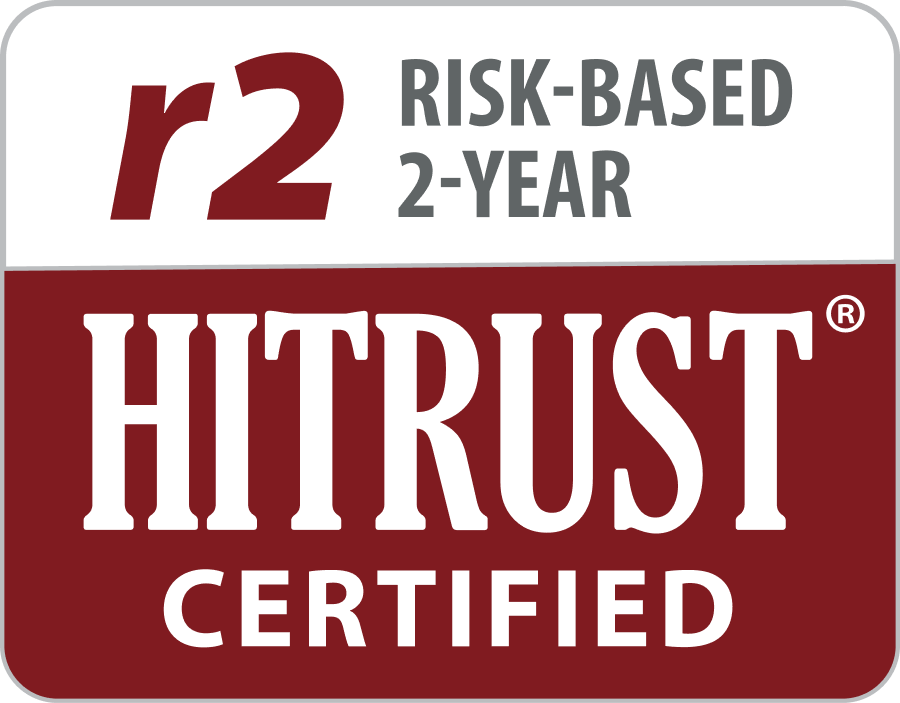A high-performing risk adjustment member engagement program is crucial for healthcare organizations to accurately assess and document the health status of members. Here are four steps for health plans to take now that will enhance risk score accuracy, improve care coordination and achieve better outcomes.
- Clearly Identify Objective and Success Metrics
To establish a solid foundation for a risk adjustment member engagement strategy, it’s essential to outline an objective and clearly define success metrics. The objective often revolves around ensuring that members with known or suspected conditions receive at least one face-to-face visit with their PCPs to address and document active conditions. This objective serves two important purposes: it provides valuable data for risk scoring and enables effective care coordination.
Success metrics for these interventions typically involve measuring the completion rate of office visits. The completion rate is calculated by dividing the number of members with completed visits for in-scope initiatives by the total number of members identified as in-scope. By tracking completion rate, health plans can assess the effectiveness of engagement efforts and make informed adjustments as needed.
- Use Robust Analytics for Targeting and Stratification
Analytics play a vital role in targeting and stratifying members for risk adjustment member engagement initiatives. To effectively identify members with unmet care needs, use historical data and utilization rates from the prior year. Here’s a high-level guide to the analytics process:
- Historical and suspected condition logic. Analyze data to identify members with persisting or suspected conditions that require evaluation and care.
- Gauge reliability of contact information. Assess the accuracy of member contact information to ensure effective outreach and communication. Contact information can be unreliable due to manual keying of values into core systems. Look for instances of missing digits, invalid addresses and blank values.
- Review provider utilization trends and attribution logic. It’s important to consider imputed vs. assigned attribution when stratifying members for various provider panels. Imputed attribution is based on where the member received care in the past, whereas assigned attribution is often algorithm-based, (commonly referred to as auto-assigned), and may not be an accurate reflection of the member’s preferred provider. Selecting the most recent or most frequented provider over a rolling 12-month or 24-month period may provide more accurate results.
- Assign engagement method. Based on the analysis, assign appropriate engagement methods, which can include those initiated by the health plan or the provider, as well as what communication channel(s) will be used based on stated member preferences and historical success rates.
- Engage Providers
Collaborating effectively with providers is crucial for the success of a risk adjustment member engagement strategy. To establish strong provider engagement, the following steps are recommended:
- Partner with providers early. Initiate collaboration with providers in the first half of the year to avoid rushed efforts during the fourth quarter. By involving providers in the planning stage, health plans can gain their commitment and support for the engagement strategy.
- Clearly define requests and timelines. Communicate the member engagement request to providers and agree upon realistic timelines. Regular check-ins should be scheduled to track progress and address challenges or questions.
- Provide attributed lists for review. Share attributed lists of members with providers, allowing them to review and provide recommendations and updates based on their knowledge of individual patients. This collaboration ensures that providers can contribute valuable insights and enhances the likelihood of visit scheduling.
- Check-in and follow-up. Maintain regular communication with providers to monitor progress, address concerns, and reinforce the importance of their participation in the member engagement strategy.
- Employ Multiple Outbound Member Communication Channels
It’s important to use a variety of communication channels to effectively engage members in risk adjustment initiatives. The following considerations can enhance member communication:
- Find synergies with other departments. Seek opportunities for collaboration with other department’s member engagement initiatives, such as HEDIS/Star ratings, case management, population health, and social determinants of health. Aligning efforts across these initiatives ensures a seamless and comprehensive approach to member engagement and maximizes the impact of each member interaction.
- Choose the right communication type. Select the most appropriate communication channel based on member preferences and characteristics. Options can include phone calls, text messages, emails, mailers, mobile applications, web apps, or vendor-enabled services. By using the preferred communication method, health plans can increase member response rates and engagement.
- Inbound call flags. Implement inbound call flags to encourage in-scope members to schedule visits with PCPs when they contact the health plan. By using this approach, health plans can proactively and efficiently prompt members to seek care and address their healthcare needs.
Investing in a comprehensive risk adjustment member engagement strategy is an essential component of successful health plan operations.. ATTAC Consulting Group has the expertise and experience to keep completeness and accuracy of risk scores at the forefront of your organization’s risk adjustment program. With a pulse on the latest industry trends and the knowledge of where to look, ATTAC is uniquely positioned to support your organization’s risk adjustment program as it implements best-in-class member and provider engagement programs.

